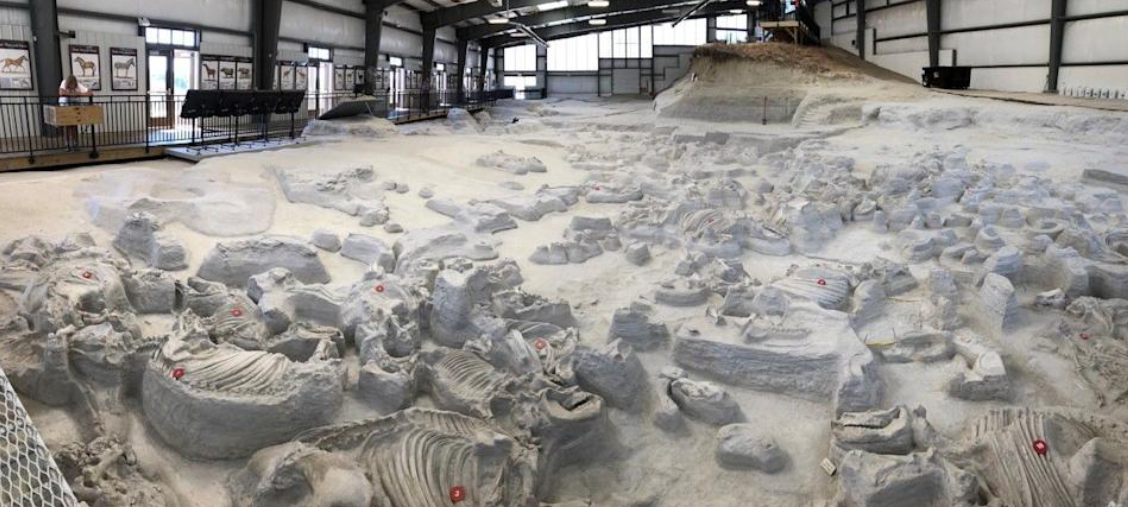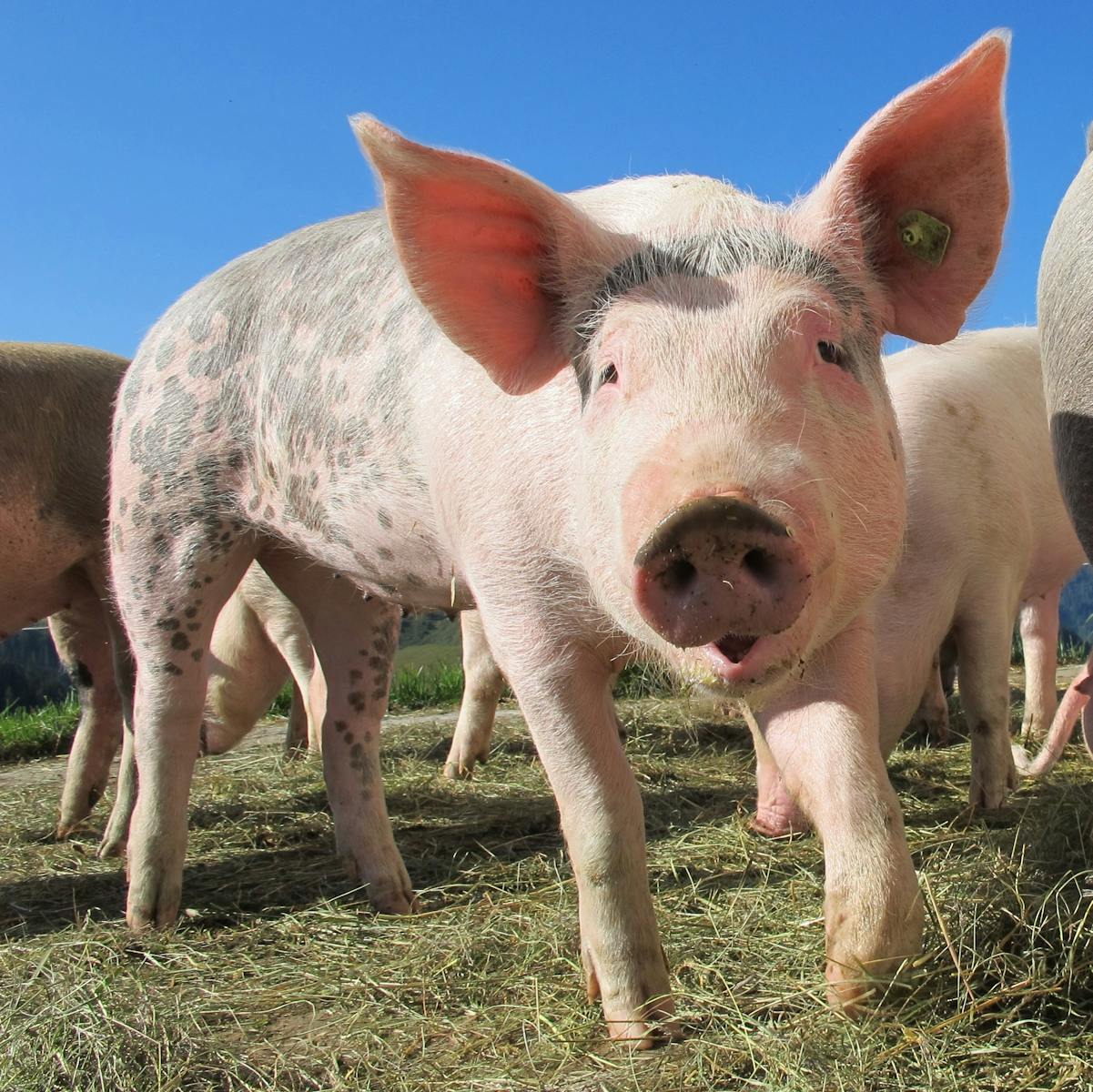Less than a year ago, the FDA approved of lab grown meat for consumption. That’s about only three years after Singapore gave consent to this meat that doesn’t need farming land. The U.S. is now the second country to accept this new meat into our supermarkets and restaurants. One of the two countries in the world to allow lab-based meat. Could this meat become revolutionary? A solution to the end of greenhouse gasses from livestock? This meat isn’t traditional, but should you still give it a try?
Lab grown meat starts from cells, harvested from the base animal, such as a chicken or cow. But these specific cells have to be able to multiply, and become muscle and fat cells. Scientists are still trying to find more productive methods which would result in going back to the base animal less times. The cells are then placed in large stainless steel tanks where they are fed with nutrients to grow and multiply, until they become muscle and fat through a few other steps. An unorthodox way to create protein.
Why would we need cultivated meat though? Producing meat in farms creates a large amount of carbon emissions, especially beef. 10-20% of greenhouse gasses are from livestock production. Lab grown meat could bring an end to this issue, as the meat grown is never alive. There would also be no need for animal feed or many other resources. Using lab grown meat would also free up land previously used for livestock. In Singapore’s case, land for livestock was not available in the first place, which is a main reason why they were the first country to approve of lab grown meat. Cultivated meat is also seen to have certain food safety benefits, as it is unable to become contaminated with common bacteria such as E.coli. Many people also think that lab grown meat is more humane than traditional production, as manufacturing lab-based meat only needs one step that includes an animal, cultivating the cells. These cells could be brought from a feather, which would not harm animals in any way, as animals are not killed in the process.
Although it has benefits, cultivated meat also has its unfavorable side. Despite the fact that lab grown meat has no risk of bacteria that arises from the gut of livestock, negative contaminations during certain parts of the process may take place. This is why many countries have not yet legalized cultivated meat, as many tests must be completed to insure the safety of lab grown meat. Another issue that arises is that although lab grown meat will lower the greenhouse gasses of producing livestock, recent studies have shown that cultivated meat could have problematic long term CO2 emissions.
Cultivated meat is on the rise, an unusual option is stocked in restaurant shelves and grocery store freezers. Lab-based meat will help lower greenhouse gas emissions, but the production in labs may also generate CO2 emissions. Lab grown meat is also a more humane way to grow livestock, as the meat in labs are never alive. So, would you try this new type of meat?
RELATED STORIES:
https://gfi.org/science/the-science-of-cultivated-meat/
https://projects.apnews.com/features/2023/the-protein-problem/lab-grown-cultivated-meat/index.html
https://www.pbs.org/newshour/show/how-lab-grown-meat-is-made-and-will-people-accept-it
https://www.whatiscultivatedmeat.com/process
TAKE ACTION:
https://www.reimagineagriculture.org/Take-Action

















